Premium Only Content
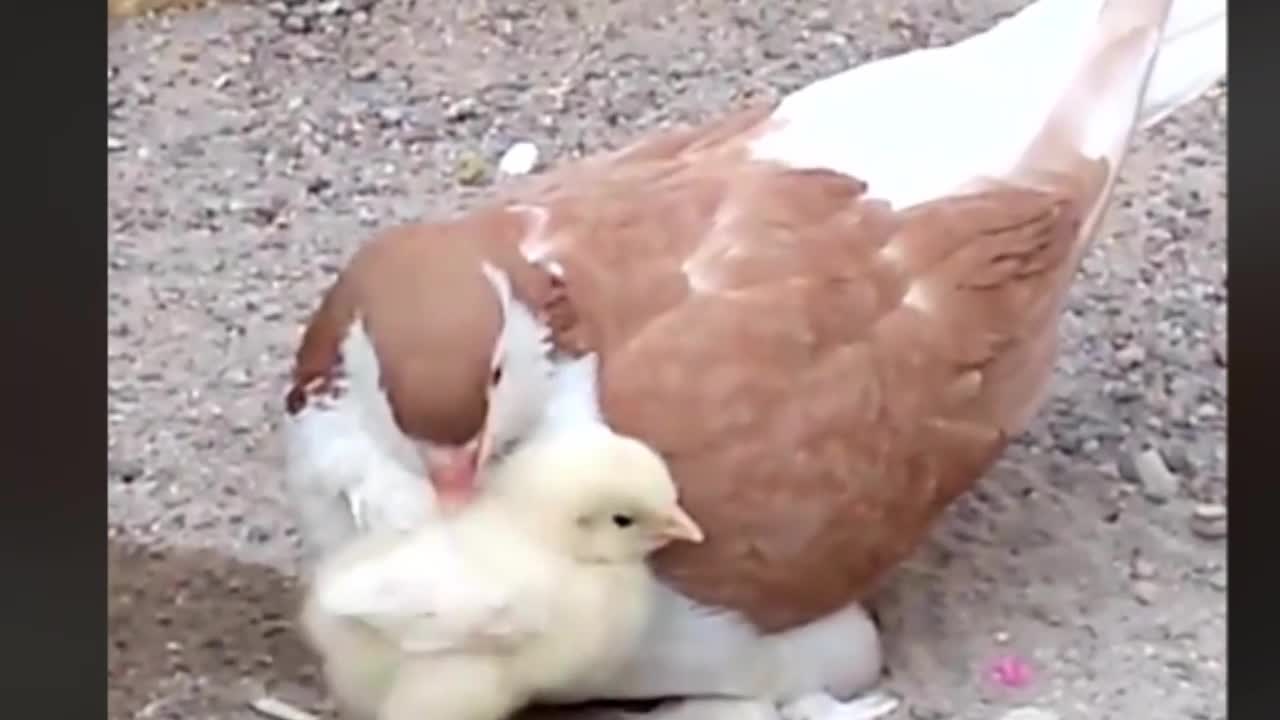
cute chicken loves an piegion like a mother
To make it easier to describe them, we call female chickens hens or pullets and male chickens are called cocks, cockerels or roosters, but they are all chickens. In the picture above, those are all chickens (even the big one in the middle)
Chicken is the most common type of poultry in the world. Owing to the relative ease and low cost of raising them in comparison to animals such as cattle or hogs, chickens have become prevalent throughout ...
Pigeons and doves constitute the animal family Columbidae and the order Columbiformes, which includes about 42 genera and 310 species. The related word "columbine" refers to pigeons and doves. They are stout-bodied birds with short necks, and short slender bills that in some species feature fleshy ceres. They primarily feed on seeds, fruits, and plants. This family occurs worldwide, but the greatest variety is in the Indomalaya and Australasia ecozones. Pigeons and doves are likely the most common birds in the world.
The distinction between "doves" and "pigeons" is not consistent. In modern everyday speech, as opposed to scientific usage or formal usage, "dove" frequently indicates a pigeon that is white or nearly white. However, some people use the terms "dove" and "pigeon" interchangeably. In contrast, in scientific and ornithological practice, "dove" tends to be used for smaller species and "pigeon" for larger ones, but this is in no way consistently applied. Historically, the common names for these birds involve a great deal of variation between the terms. The species most commonly referred to as "pigeon" is the species known by scientists as the rock dove, one subspecies of which, the domestic pigeon, is common in many cities as the feral pigeon.
Pigeon is a French word that derives from the Latin pipio, for a "peeping" chick,[2] while dove is a Germanic word that refers to the bird's diving flight.[3] The English dialect word "culver" appears to derive from Latin columba, pigeon, dove.[2]
Doves and pigeons build relatively flimsy nests, often using sticks and other debris, which may be placed on trees, ledges, or the ground, depending on species. They lay one or two eggs at a time, and both parents care for the young, which leave the nest after 7–28 days.[4] Unlike most birds, both sexes of doves and pigeons produce "crop milk" to feed to their young, secreted by a sloughing of fluid-filled cells from the lining of the crop. Young doves and pigeons are called "squabs".
-
 0:35
0:35
RedFoxy Darrest
4 years ago $0.02 earnedPuppy loves grand mother
1951 -
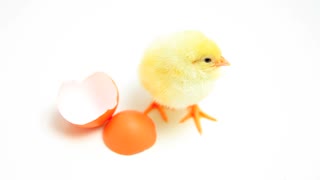 0:25
0:25
nature
4 years agocute baby chicken
99 -
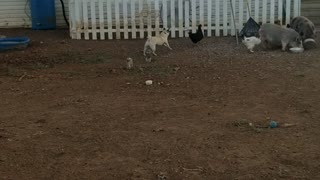 0:28
0:28
ViralHog
4 years ago $0.46 earnedPug Loves Chasing Chicken
7172 -
 2:00
2:00
HAPPY PAPPY FARM
4 years agoFunny Bunny loves Ruby the chicken
21 -
 3:11
3:11
AFV
4 years agoLike Mother Like Daughter
1.19K -
 4:32
4:32
aishangyou
4 years agoChicken 🐔 loves vegetable leaves 🍃Chicken 🐔 loves vegetable leaves 🍃
40 -
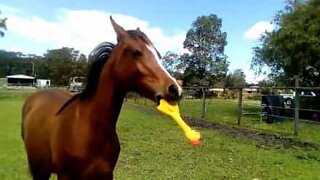 0:40
0:40
Buzzvideos - EN
4 years agoHorse loves playing with rubber chicken
1041 -
 0:40
0:40
Buzzvideos - EN
4 years agoHorse loves playing with rubber chicken
44 -
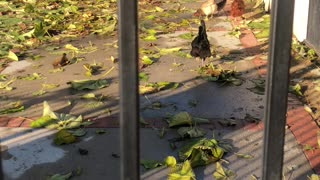 0:16
0:16
CuteVids
4 years agoCute Toddler likes the White Chicken
57 -
 0:12
0:12
Mazdanuts6
4 years ago $0.01 earnedHusky like a shark eating roast chicken
85